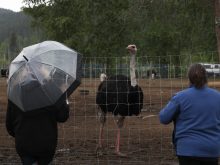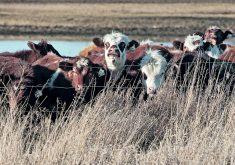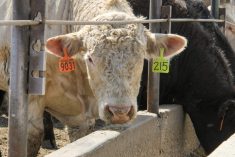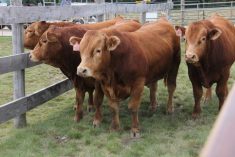More ranchers who were up against a dry 2019 may now be eligible to defer some income from their livestock sales for the income tax year.
The federal government on Tuesday released the “final list” of designated regions where income tax deferral on sales of breeding livestock has been authorized for 2019.
In a prescribed region, any producer who sells off part of a breeding herd due to drought or flooding may defer the income on a portion of sale proceeds to the following year. Eligible producers would request the tax deferral when filing their income tax returns.
Read Also
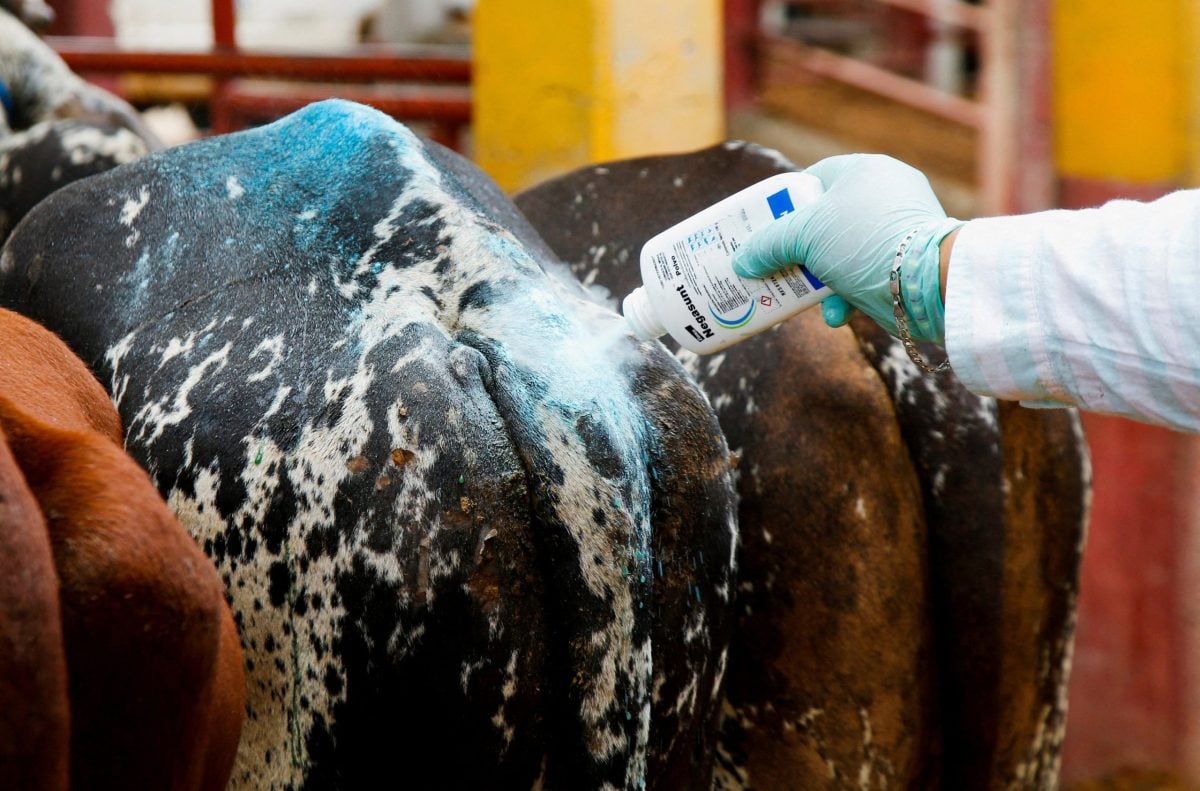
Mexico agriculture secretary says still no date for restarting cattle exports to U.S.
Mexican Agriculture Minister Julio Berdegue said on Wednesday that Mexico and the United States have not yet set a date to resume Mexican cattle exports amid an outbreak of the flesh-eating screwworm parasite.
In 2019, the government said, low moisture levels led to “significant” forage shortages in six provinces. The final lists of prescribed jurisdictions for each of the affected six provinces are now available online.
Eligible regions for 2019 now include municipalities, counties and districts covering much of agricultural Alberta, Saskatchewan and Manitoba, much of agricultural northern British Columbia, part of Vancouver Island, parts of Quebec’s Gaspesie and Bas-Saint-Laurent regions and southwestern parts of northwestern Ontario.
Weather and production data and input from the industry and provinces go into identifying areas eligible for the deferral. The general criteria is a forage shortfall of at least 50 per cent.
If at least 15 per cent of a breeding herd in a prescribed area is sold off, 30 per cent of income from net sales can be deferred. If the herd is cut by 30 per cent or more, 90 per cent of that income can be deferred.
Income from such sales is deferred to the next tax year when it may be at least partially offset by the cost of restocking the herd, “thus reducing the potential tax burden,” the government said.
If a region ends up on the prescribed list for two or more consecutive years, a producer in that region may defer sales income to the first year in which the region is no longer prescribed. — Glacier FarmMedia Network



